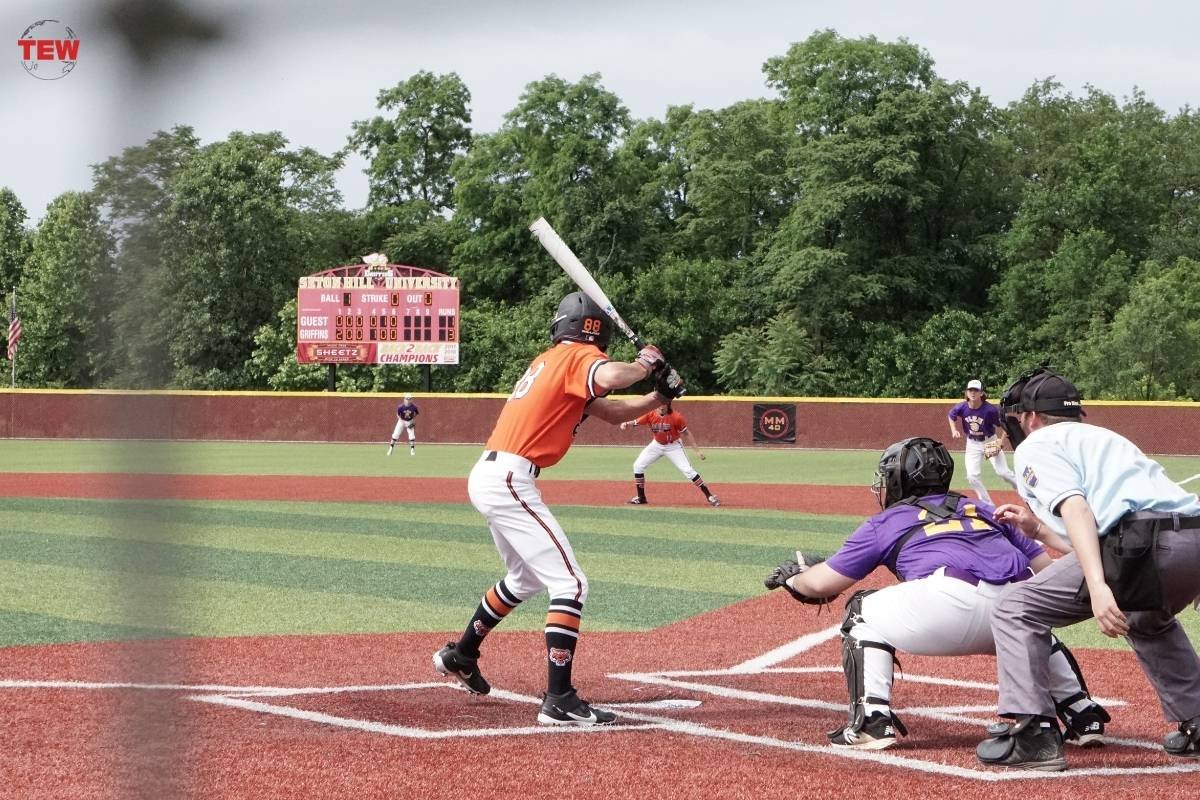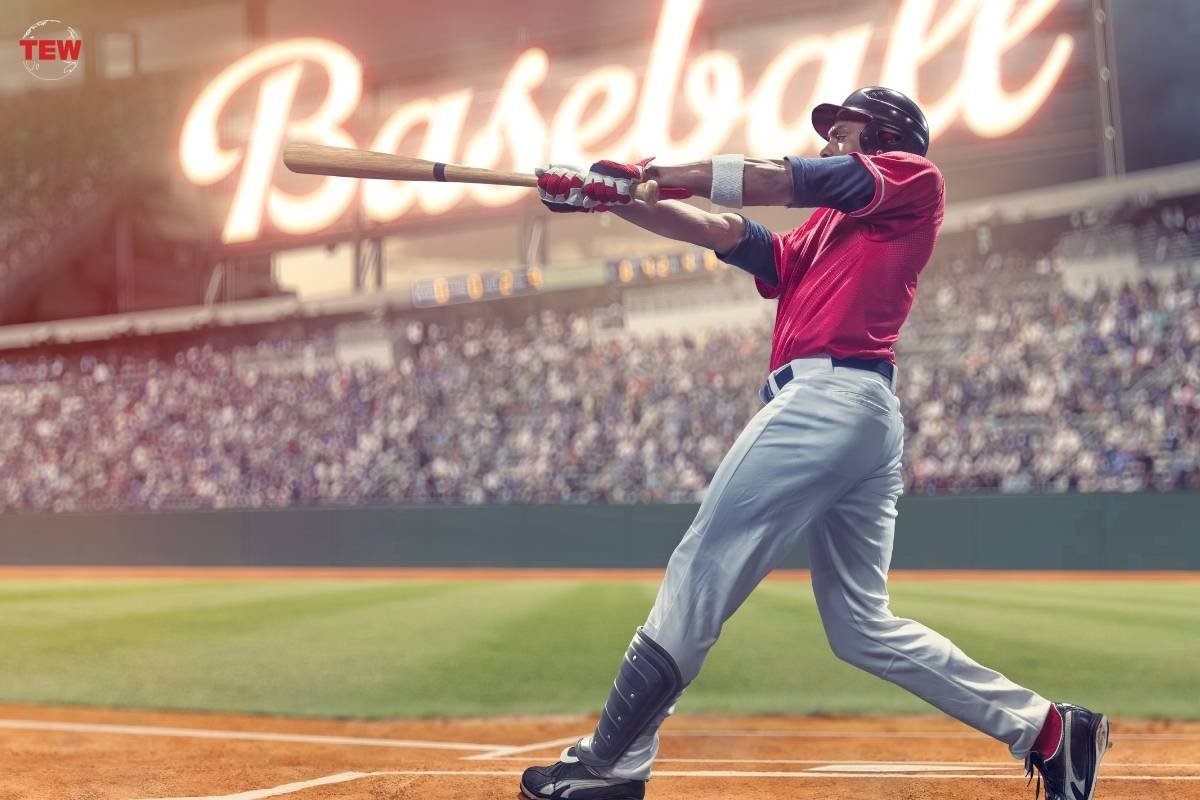The global sporting goods market has witnessed a significant surge in Demand for Sporting Goods over the years. This growth is attributed to various factors, such as increasing awareness regarding health and fitness, rising disposable incomes, and a growing inclination toward sports and recreational activities.
For instance, niche sports like baseball and softball tournaments demand specialized equipment like temporary outfield fencing. These fencing solutions allow organizers to create designated playing areas swiftly and efficiently, catering to the logistical requirements of large-scale events.
Recognizing the complexities of this demand is key for manufacturers and retailers to respond adeptly to consumers’ changing expectations.
Global Trends Driving Demand for Sporting Goods
Globally, the sports industry is witnessing robust growth, fueled by escalating participation rates in various sports activities and a burgeoning fitness consciousness among individuals of all ages.
This surge in interest in sports and fitness is not confined to any particular region but is a widespread phenomenon spanning continents. The rise in disposable incomes and an increasing emphasis on leading a healthy lifestyle have propelled the demand for sporting goods to unprecedented levels.

Economic Impact on Demand
Economic conditions significantly impact the demand for sporting goods. As economies grow and individuals enjoy higher purchasing power, the propensity to invest in sports equipment and gear amplifies.
Conversely, economic downturns may temporarily dampen this demand as consumers prioritize essential expenditures over discretionary purchases. However, despite fluctuations, the overall trajectory remains upward, driven by the intrinsic human inclination towards physical activity and recreation.
Technological Advancements Fueling Demand
Advancements in technology have revolutionized the sporting goods industry, offering consumers a plethora of innovative products that enhance performance, durability, and comfort.
Technological innovations redefine the sporting goods landscape from state-of-the-art athletic apparel engineered for optimal moisture-wicking to cutting-edge fitness trackers that monitor every facet of one’s workout.
This relentless pursuit of innovation caters to consumers’ evolving needs and catalyzes stimulating demand.
Changing Consumer Preferences
Modern consumers’ preferences are evolving, with a growing emphasis on sustainability, versatility, and style. In response to this shift, manufacturers increasingly incorporate eco-friendly materials into their product lines, ensuring sustainability remains at the forefront of their offerings.
Furthermore, the demand for multifunctional sporting goods seamlessly transitioning from the gym to everyday wear is rising, reflecting consumers’ desire for versatility and convenience. Additionally, aesthetic appeal has emerged as a decisive factor, with consumers gravitating towards stylish designs that reflect their tastes and preferences.

Regional Dynamics in Demand
While global trends shape the demand for sporting goods, regional dynamics exert a nuanced influence, reflecting cultural idiosyncrasies, economic disparities, and geographical considerations. The demand for high-performance sporting goods is particularly pronounced in developed economies, where sports and fitness are popular.
Conversely, in developing countries where budget constraints prevail, the demand is surging for sporting goods that are both cost-effective and of good quality, targeting the expanding middle class.
The Role of Marketing and Branding
Strategic marketing and effective branding are crucial in generating demand for sporting goods.
Through carefully targeted campaigns that engage their audience, brands can develop inspiring narratives, prompting consumers to associate their products with high performance, cutting-edge innovation, and a trendy lifestyle.
Besides, endorsements by renowned athletes serve to amplify brand visibility and credibility, exerting a considerable influence on consumer purchasing decisions.

The Impact of Events and Sponsorships
Big sports occasions such as the Olympics, FIFA World Cup, and the Super Bowl significantly shape the market demand for sporting goods. These events catalyze heightened interest in sports and fitness, driving consumers to invest in related products and equipment.
Moreover, leading brands’ sponsorships of athletes, teams, and sporting events further reinforce brand recognition and loyalty, stimulating demand in the sporting goods market.
On A Final Note
The demand for sporting goods is influenced by many factors, ranging from global trends and economic dynamics to technological advancements and changing consumer preferences. As individuals increasingly prioritize health and wellness, the sporting goods industry is poised for sustained growth, driven by innovation, accessibility, and a burgeoning culture of fitness and recreation.





